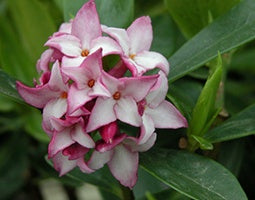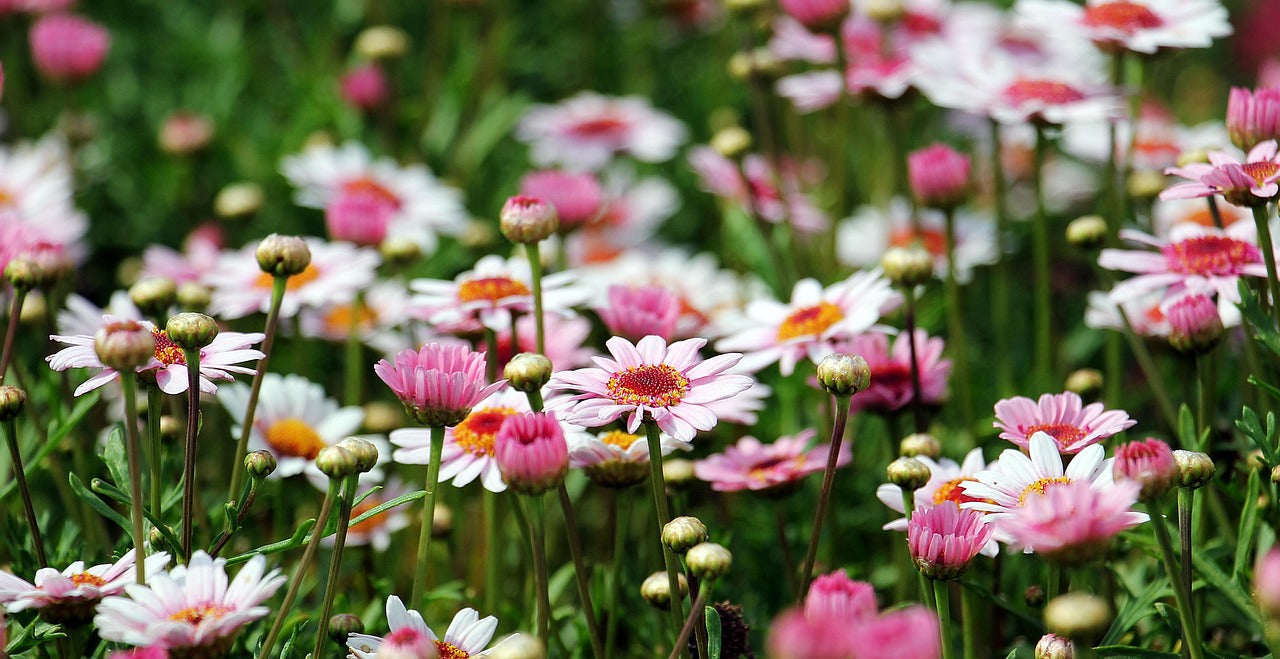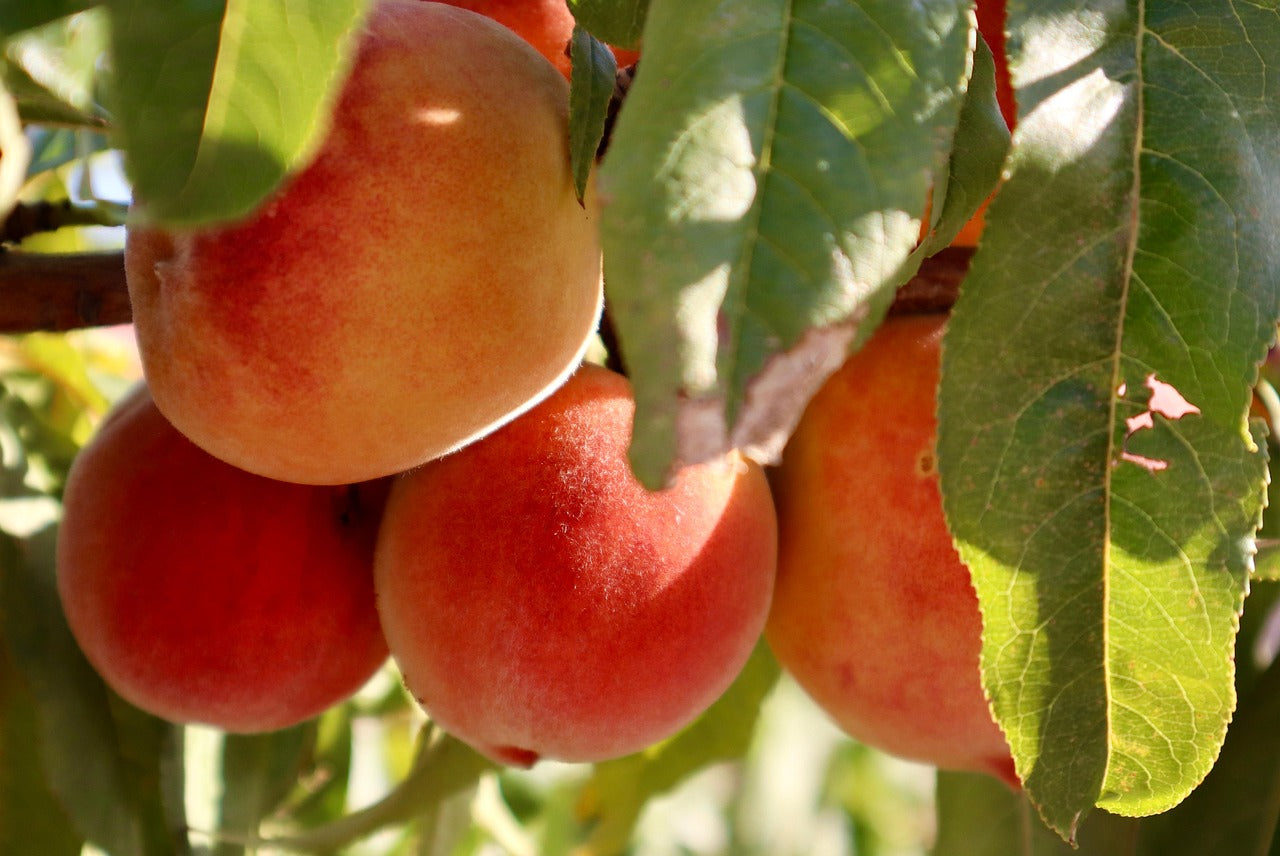Some things in the garden are just meant to go together, one of those things is Daphne and its scent. The scent heralds entrances, pathways and gardens alike in the depths of winter.
Pictured: Daphne Perfume Princess
Planting
Daphne prefers soil that is high in organic matter and absent of lime (they do not like alkaline soil with high pH, their preference is neutral soil). Find a shady spot with moist, well-drained soil, this is critical as they dislike wet feet.
Daphne care begins with planting, try not to disturb the roots and do not tease out like you would with other shrubs. Plunge in a bucket of water before planting and wait until there are no more bubbles coming out of the root ball.
Mulch after planting, leaf mould or fine bark is ideal. Resist the urge to plant around the base and keep free from weeds as it doesn’t like root competition.
Maintaining
Feed in Spring after flowering, and again in Autumn. If your Daphne is planted in a pot or container, use a slow-release fertiliser that is specially formulated for pots, like Tui Enrich Pots and Containers Controlled Release Fertiliser.
It is not usually necessary to prune your plant, however if you need to do this, prune Winter flowering varieties in Spring, straight after flowering. Prune later flowering varieties in late Spring. Ensure that pruning is carried out after flowering. Picking flowers can also help keep the growth compact.
Pests and Diseases
Daphne can get scale and aphids which cause the appearance of sooty mould, it is advisable to treat the insects, not the mould. Yates Nature’s Way Citrus, Vegie and Ornamental Insect spray is an organically certified Pyrethrum and Oil combination insecticide, with twin modes of action against garden pests.
Yellow leaves are another common issue. The most probable cause is moisture levels, yellow leaves can be an indication that overwatering is occurring. A lack of water may result in a dry root ball and a stressed plant.
Picking Flowers
Pick early in the morning as the flowers will have more moisture in them and will last longer in a vase. Flowers will last in a vase for up to two weeks.
Using Daphne in your Garden
When deciding on a location to plant and after taking shade levels in to account, try to plant close to your front door or somewhere where you spend a bit of time and can enjoy the scent.
Daphne looks extremely elegant when grown as a standard. When planting in a pot or container, use a large size that will last a lifetime so that you do not need to re-pot.
Varieties
Mid-winter is flowering time for the traditional favourite pink and white odora Daphne, these are the most widely grown. Even when not flowering they are attractive compact shrubs, with glossy green evergreen foliage. Daphne perfume princess is a cross between Odora and Bhoula – this is the earliest and longest flowering with one of the sweetest fragrances, prized for its profusion of large blush pink perfumed flowers.














